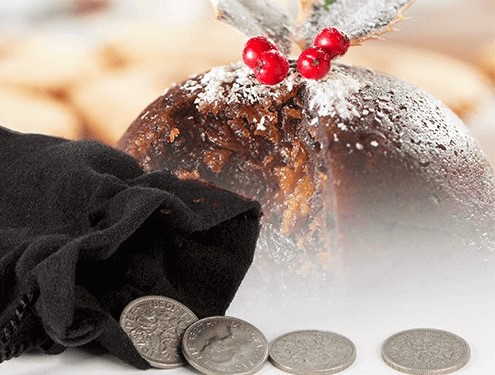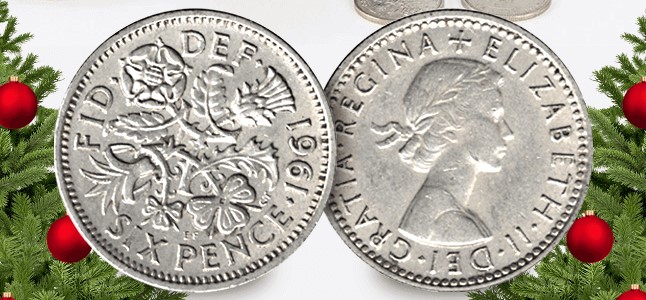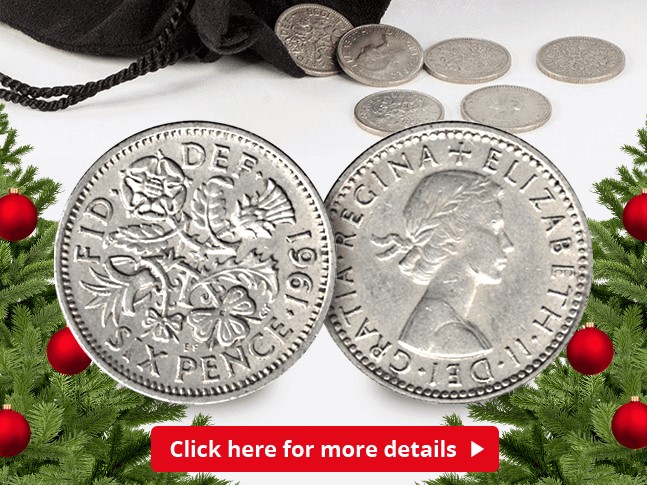Vote for the overall Coin Design of the Year 2018!
Since announcing the Coin Design of the Year category as part of our 2018 Change Checker Awards, the votes have been pouring in for your favourite 2018 coin from each nomination, and we now have our results!
You’ve shortlisted the top 4 coins, so we’ve been joined by Luke and Rowena in this video to reveal them to you and open up the vote for the overall Coin Design of the Year 2018:
So now it’s over to Change Checkers to pick the overall winner out of our shortlisted top 4 coins for 2018. Cast your vote using the poll below and let us know why you think your favourite coin deserves to be crowned the champion in the comments section at the bottom of this blog.
*** VOTE NOW CLOSED ***

Results
To find out more about the Change Checker Awards and to submit your nomination for the Change Checker of the Year or Junior Change Checker of the Year 2018, click here.
The lucky winners will be announced on the 7th of December, alongside the Coin Design of the Year and Coin Story of the Year.
Best of luck!
If you’re interested in coin collecting, our Change Checker web app is completely free to use and allows users to:
– Find and identify the coins in their pocket
– Collect and track the coins they have
– Swap their spare coins with other Change Checkers

Sign up today at: www.changechecker.org/app
Does Margaret Thatcher fit the bill? The hunt for the new face of the £50 note.
In their search to find a suitable candidate to feature on Britain’s new polymer £50 note, the Bank of England has received over 175,000 nominations, including the late Baroness and former Prime Minister, Margaret Thatcher.
Some 800 of the names put forward are actually eligible to become the new face of the £50 note, with the Bank of England requiring the notable person to be real, deceased and have contributed in some way to UK science.
So does Margaret Thatcher fit the bill?

Late Baroness and former Prime Minister, Margaret Thatcher. Credit itv.com
Most famed as Britain’s first female Prime Minister and the UK’s longest-serving leader of the 20th century during her time as Conservative Party leader from 1979 until 1990, what many people may not know is that Margaret Thatcher’s early career was actually in the field of science, as she worked as a research chemist.
In fact, for a period of time she worked for J Lyons, creating emulsifiers for ice-cream and developing the much-loved soft scoop!
However, it was during her later political career that people started to think of Maggie as cold and frosty, as her nickname ‘The Iron Lady’ suggests. Her uncompromising political style made her one of the most controversial political figures in British history.
Considering her degree in chemistry and following her famous work with ice-cream, you can certainly agree that she has contributed to the UK field of science, but would you like to see her on the new polymer £50 note?

Guido Petition’s interpretation of the £50 note featuring Margaret Thatcher. Credit: order-order.com
The Bank of England has published a list of names nominated in the first week of the selection process, as a preliminary stage of identifying eligible names for consideration.
Initial speculation seems to favour Professor Stephen Hawking, Alan Turing, Ada Lovelace and Rosalind Franklin as suggestions for the new note, however other more unusual names also made the list, including Will Hay (comedy actor/amateur astronomer) and Roger Bannister (first runner to achieve a four-minute mile).
You have up until the 14th of December to continue nominating characters via The Bank of England’s website. We don’t yet know when the chosen notable person will be announced or when the new note will be released, other than it will be after the new £20 polymer note featuring JMW Turner which will be released in 2020.
So would you like to see Margaret Thatcher on the new polymer £50 note? Change Checkers voted in our poll on Facebook and the results are in:

It’s clear that Maggie isn’t a favourite to feature on the new £50 note, but who from the scientific community would you like to see on the note? Let us know in the comments below.
If you’re interested in coin collecting, our Change Checker web app is completely free to use and allows users to:
– Find and identify the coins in their pocket
– Collect and track the coins they have
– Swap their spare coins with other Change Checkers

Sign up today at: www.changechecker.org/app
Stir Up Sunday – the story behind the numismatic Christmas tradition
There are countless coins thought to be lucky, but there’s one lucky coin in particular which comes to my mind at this time of year…
The much-loved lucky Sixpence has been a part of Christmas traditions for generations and as this weekend marks ‘Stir-up Sunday’, we take a look back at the tradition that harks back to Victorian times.

Christmas tradition
Stir Up Sunday is celebrated five weeks before Christmas Day, when the whole family would gather together to stir the Christmas pudding and make a special wish for the year ahead.
The Christmas pudding itself is said to have been introduced to Britain by Prince Albert, husband of Queen Victoria and traditionally, when making the pudding, a sixpence would be added to the mix.
This was said to bring wealth and good fortune in the coming year if you found the coin in your portion on Christmas day.
It’s no surprise that collectors love these coins so much. The 1961 Sixpence below can be seen featuring an entwined design of a flora, leek, rose, thistle, and shamrock, the sixpence has long been a token of good luck so is an original and thoughtful gift for a friend or relative.

The Sixpence was first minted during Edward VI’s reign in 1551 and was struck in silver up until 1947. From this date onwards the coin was struck in cupronickel.
But there is one particular Victorian Sixpence that collectors hunt for…
The 1887 Withdrawn Silver Sixpence
In 1887, new coin designs were to be issued for Queen Victoria’s Golden Jubilee. Surprisingly, the Silver Sixpence shared the same design as the Gold Half Sovereign.
Of course, it didn’t take long for some crafty opportunists to start coating the Silver Sixpence in gold paint after realising they could easily be passed off as the far more valuable Half Sovereign.
The authorities hastily withdrew the Sixpence and a quick redesign took place, with the new 1887 Sixpence reverting to a design similar to previous years, with a crown at the top of the design and a wreath around the sides, with “SIX PENCE” written across the middle of the coin.

1887 Withdrawn Silver Sixpence
Nobody can be sure how rare these coins are, as mintage figures only record how many Sixpences were issued each year, rather than individually listing each design type and, because there were three different designs of the Sixpence in 1887, it’s impossible to know how many withdrawn coins survived.
One thing is certain though, the withdrawn coin is the Sixpence collectors hunt high and low for.
So whether you’re looking to hunt down a rare Sixpence for your collection, or if you’re preparing your Christmas pudding ready for Stir Up Sunday, we wish you the very best of luck this festive season.
Secure a special set of six Sixpences
The Sixpence has long been a token of good luck so is an original and thoughtful gift for a friend or relative.

